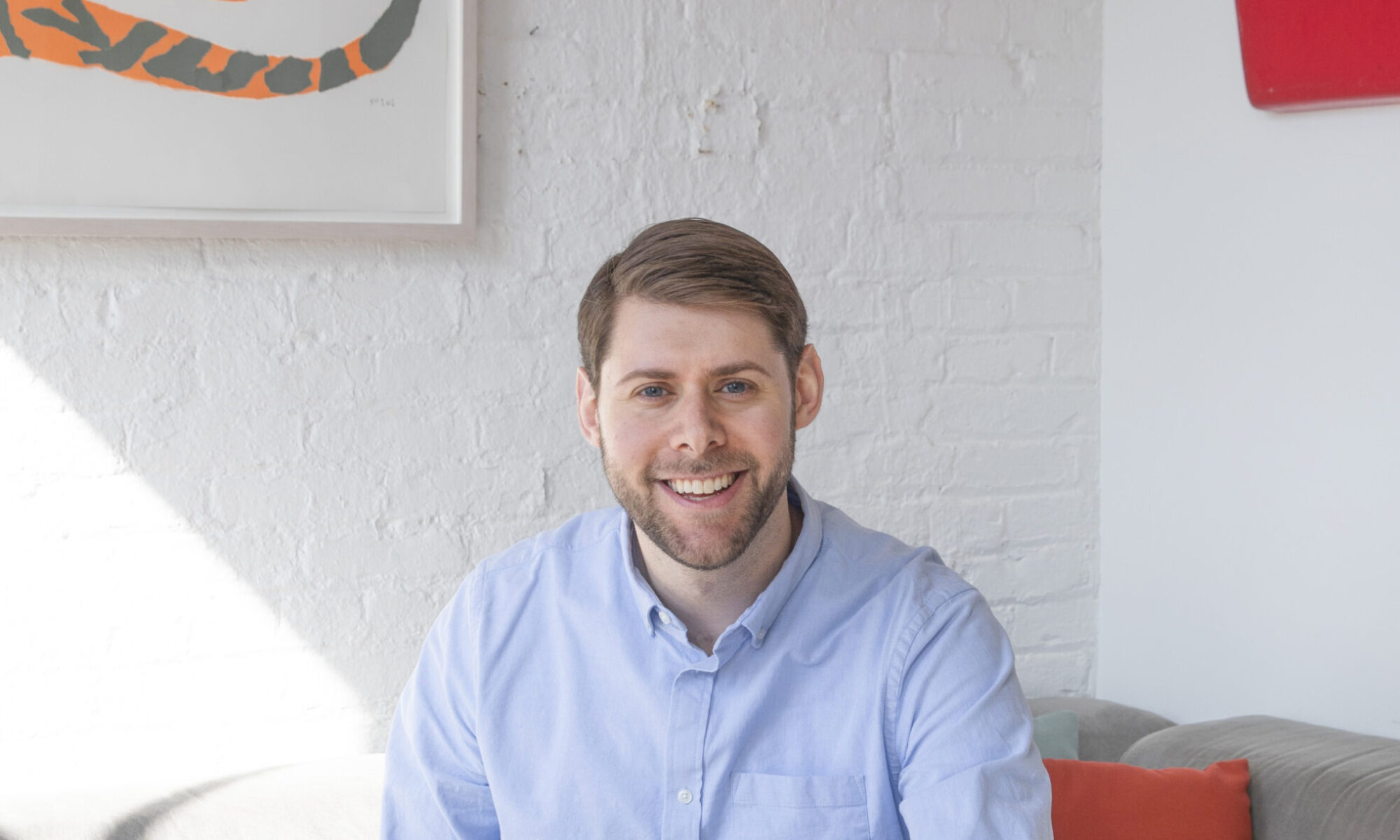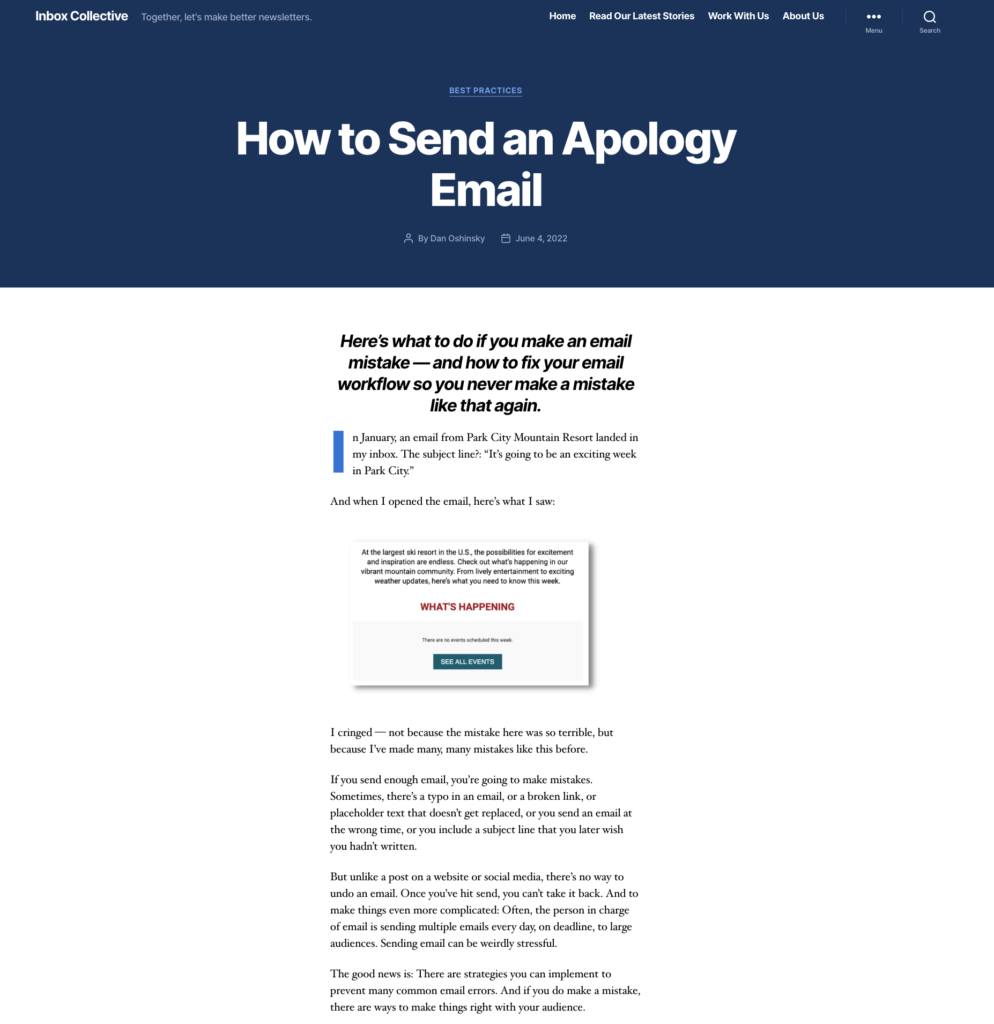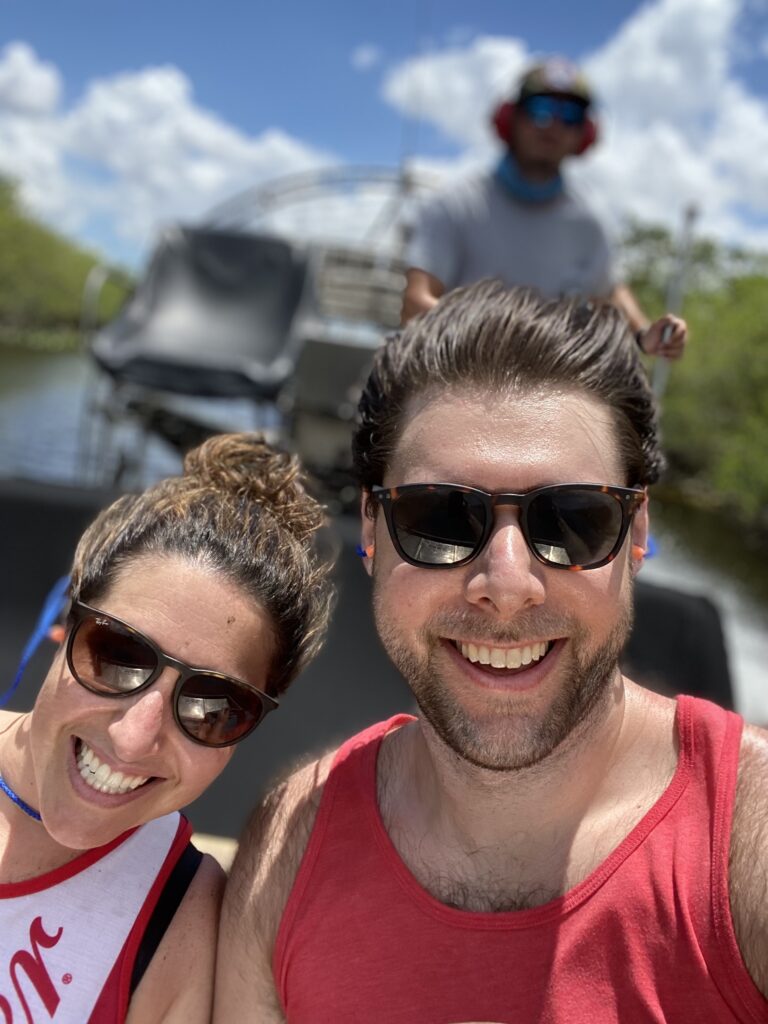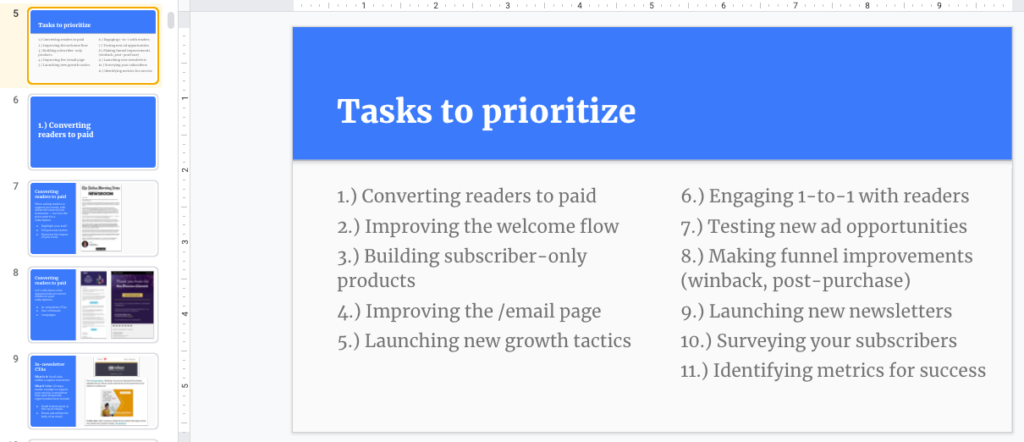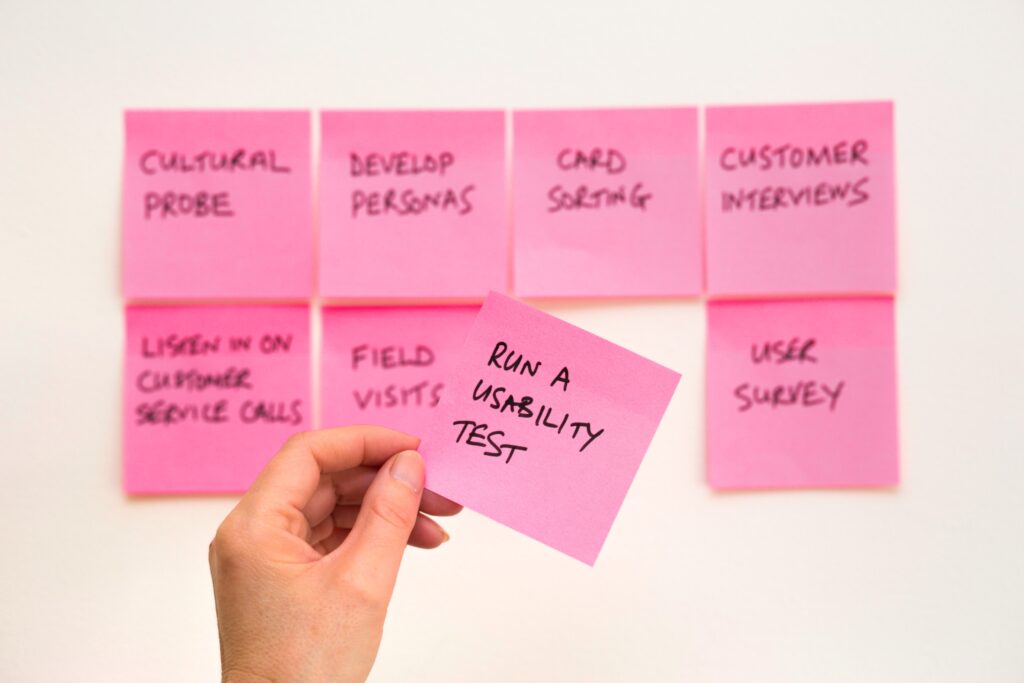
So we’re at the US Open last week. We’ve seen some great tennis already, but there’s one star we really want to see: Serena Williams. She’s playing in the night match at Arthur Ashe Stadium, the venue’s biggest court, but we don’t have tickets for the night session. So we do the next best thing: We find out when she’s practicing, and wait on the practice courts for her to arrive.
While we’re waiting, we’re hearing the roars from Ashe, where Coco Gauff, the 12 seed, is playing her second round match. She wins the first set, but trails 5-3 in the second set. The match seems destined for a third set. But then Gauff turns things around. She wins her serve, then breaks her opponent. The match goes to a tiebreak. We hear the roars as Gauff wins the tiebreak, the set, and the match.
And a few minutes later, we hear another round of applause from one end of the practice courts. We look up. It’s not Serena — it’s Gauff, walking out from Ashe directly onto the courts. “Her serve was off today,“ whispers someone behind us. I check the stats: Gauff finished the match with more double faults than aces. Not great.
So there she is, on Practice Court #5, mere minutes after winning a big match on center court, and she’s back out with her coach, working on her serve. For a lot of players, making the third round of a major would be a career highlight. But for Gauff, who made the finals of the US Open last year, there are clearly bigger goals in mind.
It reminded me that even the best in their field have an off day. And what do the greats do after an off day? They get right back to work.
Even when you’re at the top of your game, there’s always more work to do.
———
That’s a photo I took of the practice courts, there on the right, at the Billie Jean King National Tennis Center in Queens.
